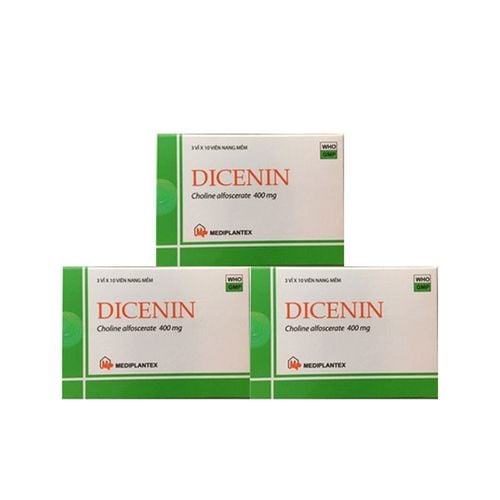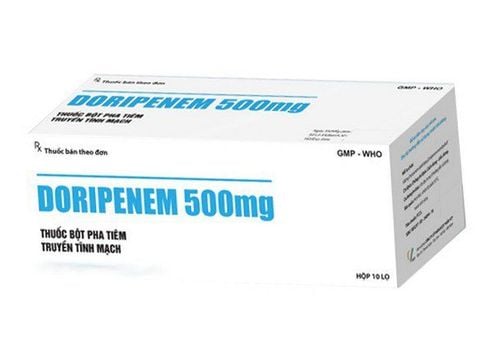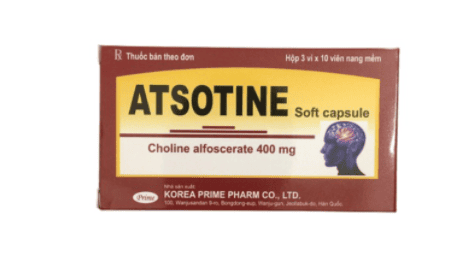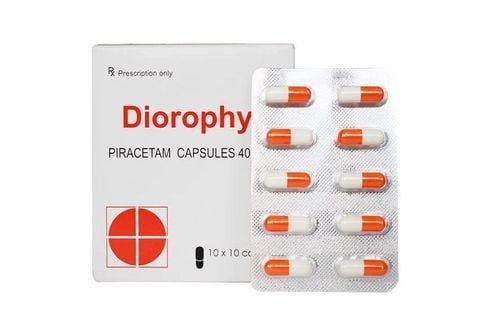This is an automatically translated article.
Although it is only a minor head injury, it can have serious consequences if not taken care of and handled promptly. Therefore, when a child has a head injury, parents should not be subjective and need to find a way to overcome it.
1. Cases that need urgent medical attention
Head trauma in children is inherently a dangerous injury, when the head is where the nerves and brain are concentrated. In the case of a child's head injury, parents need to take the child to the emergency room immediately if the child has the following symptoms:
Not breathing Loss of consciousness Seizures Difficult to wake up Stuttering or acting confused Shakes when walking Has weak arms or legs Unable to move the neck as usual The bleeding won't stop Having a dent in the skull or a lot of swelling
2. When to take the child to the doctor for help?
You need to take your child to see a doctor for help if the child falls into the following categories:
Children under 2 years old Child with neck pain Child crying uncontrollably
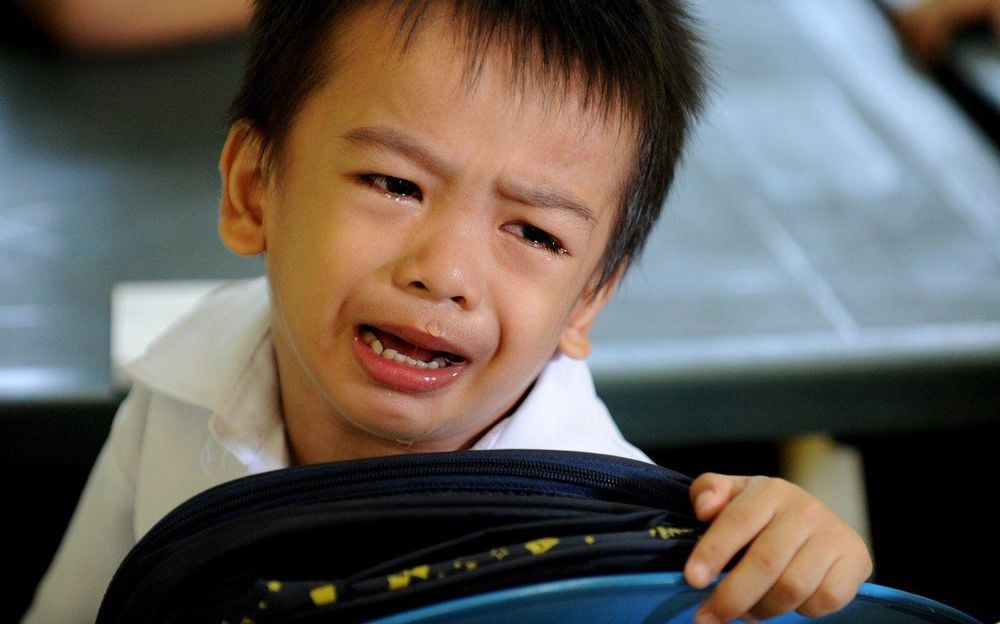
Trẻ khóc không nín sau chấn thương, cha mẹ cần đưa trẻ đến bác sĩ để trợ giúp
You need to take your child to see a doctor for help if the child falls into the following categories:
Children under 2 years old Child with neck pain Child crying uncontrollably Child needs stitches on open wound Child vomits repeatedly Child does not cry but has clear fluid coming out of the ears or nose Children with blurred vision Children with severe headaches Children with memory loss Children with signs of confusion Children with a history of brain injury Children who have fallen from a height of more than three feet Child is hit in the head by an object traveling at high speed
3. Wound care when a child has a head injury
The first step when a child has a head injury is to wash the injured area with mild soap and water. To stop bleeding, use a sterile cloth and apply for 10 minutes. Next, ice the area for 20 minutes using ice wrapped in a towel or cloth. Re-ice the area after an hour to reduce swelling and pain.
4. Monitoring the child after a head injury
After a child has a head injury, now parents need to pay attention to the following issues:
Keep an eye on the child for 2 hours after the injury. Pay attention to how your child walks and talks. Look for changes from your child's normal behavior. Watch for any of the signs listed above that you should call your doctor or get your child to the emergency room

Cha mẹ cần theo dõi đến con nhiều hơn sau khi con bị chấn thương vùng đầu
5. Treatment of symptoms in children
After a child's head injury if the child is still active after 2 hours, give the child acetaminophen (Tylenol) infant formula for pain, if needed. Do not give your child aspirin or ibuprofen (Advil, Motrin) as this can lead to bleeding.
Continue to monitor the child for signs of more serious injury for 24 hours. You can put your baby to bed, but still check him every few hours to make sure he's breathing normally.
After 24 hours, contact your pediatrician for help in assessing your child's condition and asking when he or she can return to play or other normal activities.
Head trauma, whether mild or severe, can have certain effects on the health and psychology of young children. Therefore, when a child has a head injury, parents need to immediately take their child to the nearest medical facility or can choose a general health checkup package at Vinmec International General Hospital for a comprehensive examination. by experienced, well-trained doctors.
The examination will help detect abnormalities in the child, if any, so that the doctor will advise on the safest care and treatment for the baby.
Please dial HOTLINE for more information or register for an appointment HERE. Download MyVinmec app to make appointments faster and to manage your bookings easily.
Reference source: webmd.com





